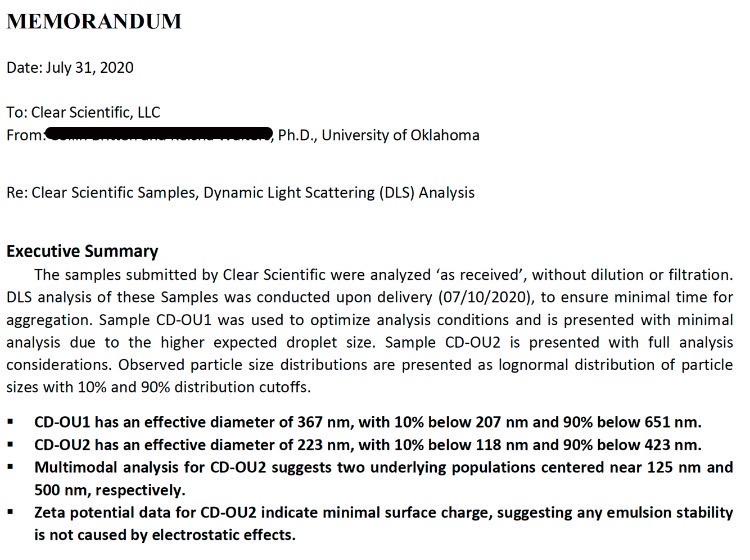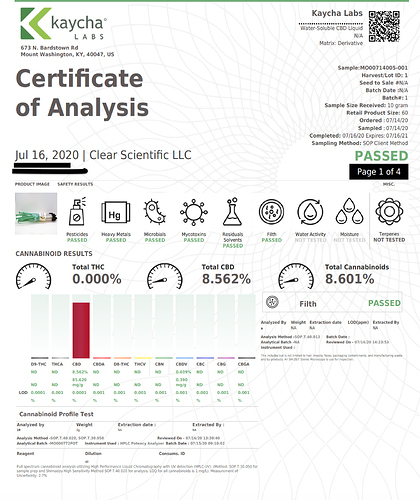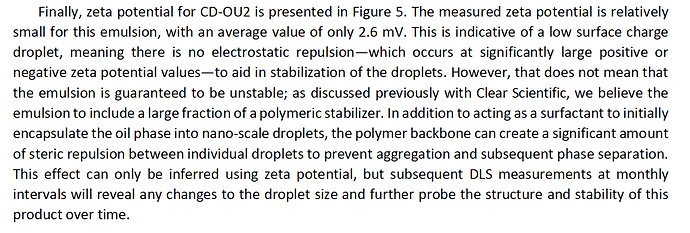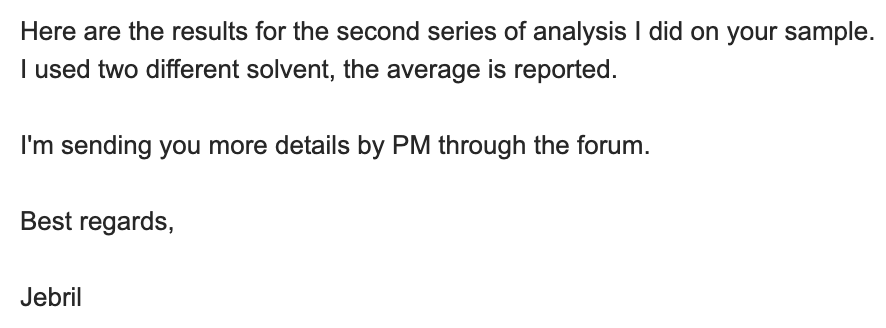First off, thank you @Dr_Jebril for having the patience to wait almost a month and a half from sending the sample to receiving it in Switzerland. (See tracking as proof and cross-check the dates between Kaycha sent/received date and the date sent for Jebril).
USPS US Customs Number or “tracking” for the sample was: UH026408959US
We normally don’t do lab reviews or even post unless it’s business related, but seeing so many people on here skeptical about labs, etc. I decided to really dive into different labs to cross-reference our Water-Soluble CBD formula’s consistency against other labs in the USA. We are highly confident in our product, honestly.
There has been major discrepancies in testing results we have gotten back from Kaycha, FAST Labs, etc. (In Oklahoma you are required to use at least one state recognized lab to put your products in dispensaries). And all labs here are subpar, so it is what it is don’t hate ![]()
Our formula is research and university accredited, with a low Zeta-potential that tests/insures shelf-life stability and electrostatic repulsion. SOO after a month and a half in transit to Switzerland our formula still tests 9.99+% (10%) as Dr.Jebril has tested, we sent 10mL to him to run as many analytics as possible in any way he chooses.
I am attaching 2 CoA’s (2nd didn’t upload DM me if you want an outdated CoA from march that test 10%) from Kaycha, one in march is our first test, then the second is from our most recent formula.
The EXACT same sample from Kaycha (full panel) is the one Jebril tested (cross-reference tracking/testing dates if need be). These percentage discrepancies are huge, even 2-4% difference can cause a product to be compliant, make a customer go to another product, etc. But for water-soluble every single mg tested matters.Our company will start doing lab reviews on the most accredited labs in this forum, I feel it’s a good way to engage with the forum a little more. Especially knowing how consistent our formula is and how reputable the labs are we will be reviewing on here. If there are any questions let me know!




